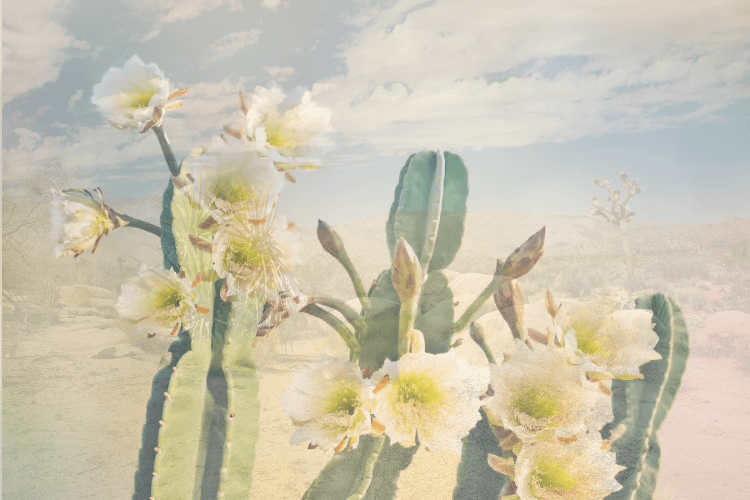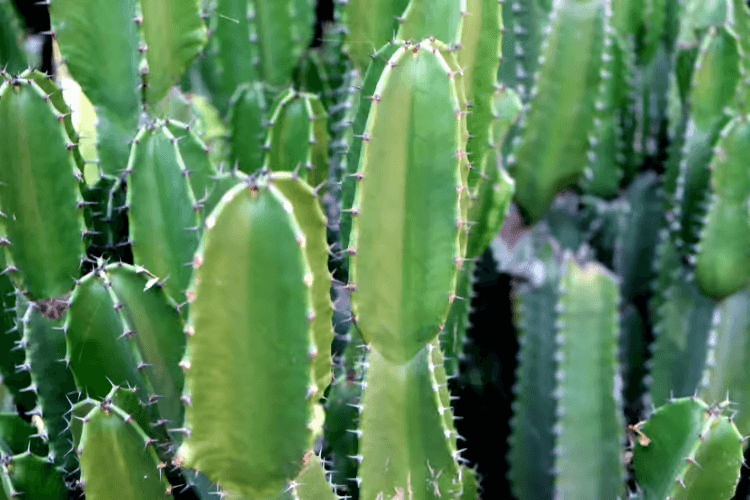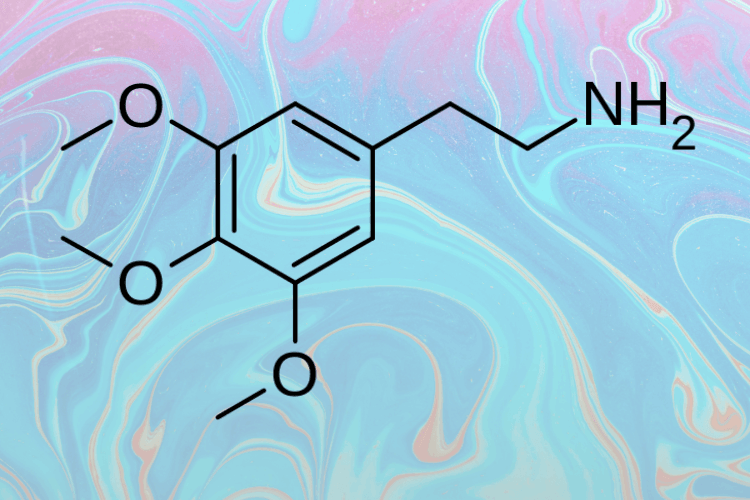
What is a San Pedro Retreat?
What is a San Pedro retreat and why exactly would someone eat a psychedelic cactus?
This article will answer that question for you. After reading this, you will have an excellent understanding of what happens at a San Pedro retreat. You will also broaden your knowledge of the plant as medicine itself.
With all the buzz flying around the psychedelic reboot taking place, most people have heard of an ayahuasca retreat or a psilocybin retreat. Not as many people know about the healing qualities of psychedelic cacti. In recent years, there has been renewed interest in the use of the San Pedro cactus for therapeutic and spiritual purposes. Many retreat centers and organizations now offer psilocybin-assisted therapy and guided psychedelic experiences using the San Pedro cactus in a safe and legal environment.

So, what is a San Pedro retreat?
Table of Contents
What is San Pedro Cactus?
San Pedro cactus, also known as huachuma, wachuma, or achuma in Quechua, is a powerful psychoactive plant with a long history of use in traditional medicine and spiritual practices. Indigenous people believe the cactus possesses spiritual and healing properties, in turn using it to treat a wide range of physical and emotional conditions. San Pedro cactus grows in the Peruvian Andes and also calls Argentina, Bolivia, Chile, Colombia, and Ecuador home. The indigenous people of these regions speak Quechua.
But, wait. Isn’t “San Pedro” Spanish?
Why, yes it is.
Like other indigenous plant medicine traditions, huachuma crossed paths with Spanish colonizers. The cultural mashup of Spanish and indigenous traditions gave birth to the common name, “Saint Peter.” This is thanks to the cactus’ ability to confer divine, even “heavenly” experiences on the user.
San Pedro cactus, known by its scientific name Echinopsis pachanoi, contains the psychoactive alkaloid- mescaline. Yes, the same mescaline that peyote contains. Like peyote, San Pedro cactus possesses a number of other alkaloids that may enhance the effects of mescaline. Mescaline qualifies as an empathogen and/or enactogen, both terms seeing interchangeable use. Empathogen means “generating a state of empathy” and enactogen means “touching within.” Mescaline has a close relation to MDMA, both sharing “distinctive emotional and social effects.” Both belong to the phenethylamine class of therapeutic drugs.

Traditional healing ceremonies have used San Pedro for thousands of years in South America and the Andes for spiritual and healing purposes. Evidence exists dating San Pedro ceremonies at least as old as 3,000 years, with the possibility that they may be up to 8,000 years old. In recent years, there has been a resurgence of interest in the use of San Pedro as a tool for personal growth and spiritual development, leading to the emergence of San Pedro psychedelic retreats.
Related Articles
Learn more about San Pedro on Frshminds:
- San Pedro vs. Peyote – Understanding Psychedelic Cacti
- What is a San Pedro Ceremony and How to Prepare
- Where is San Pedro Cactus Legal?
- Find San Pedro Retreats on Frshminds
San Pedro Cactus Effects
The effects of San Pedro can be quite profound and can vary depending on the dose and the individual’s mindset. Some people report experiencing:
- Sacred geometric patterns or mandala-like visions
- Heightened color perception
- Deep emotional release
- Transcendent experiences of love
- Transcendent experiences of interconnectedness and oneness
- Open- or closed-eye hallucinations of a spiritual, personal or mystical nature
- A sense of euphoria
- Enhanced creativity
- Heightened sense of awareness
Some of the negative effects of San Pedro Cactus may include:
- Increased heart rate
- Dizziness
- Sweating
- Nausea
- Occasional difficult experiences
Peyote tastes extremely bitter and foul, and much of the same can be expected with San Pedro. Due to this, vomiting may be the most common side effect.
The effects can last for many hours. The peak experience lasts 3 to 5 hours, while subjective effects may continue for another 4 to 6 hours. A mescaline experience is twice as long as a psilocybin trip, and up to 50% longer than an LSD trip. Participants are usually encouraged to spend the rest of the day in quiet reflection and integration.
What is a San Pedro Retreat?
A San Pedro retreat typically involves the ceremonial use of the psychoactive substance mescaline that the San Pedro cactus contains. Employ discretion and good judgment when using psychoactive substances. They should always be done under the guidance of a trained professional, along with proper precautions and an understanding of the potential risks involved.
These retreats typically take place in a secluded and natural setting, where participants can fully immerse themselves in the experience and nature. It is not uncommon for retreats to be held at a shamanic center, in nature, or a private home. The ceremony is led by a trained shaman or curandero. The shaman is trained in the traditional use of the San Pedro cactus in spiritual and healing ceremonies.
The shaman will prepare and also consume the San Pedro cactus to guide participants through the experience, employing indigenous rites and rituals. The ceremony usually begins with a purification ritual, such as smudging with sage or palo santo. The ceremony may also include drumming, singing, or other forms of music to create a ceremonial atmosphere. Participants may engage in various activities to achieve a sense of spiritual connection and personal insight.
During the retreat, participants may participate in the following ways:
- Drinking a brew made from the San Pedro cactus, which can produce psychoactive effects and is said to help with spiritual healing and personal insight.
- Engaging in traditional ceremonies, such as despacho (offering) ceremonies or icaros (indigenous spirit and healing songs).
- Meditating and praying
- Chanting
- Sharing of experiences with other participants
A San Pedro retreat may last anywhere from one day to up to a week-long or longer. The retreat’s length depends on the specific program. It is not uncommon for there to be multiple San Pedro ceremonies scattered throughout a weeklong retreat. Three or four during a week isn’t unusual. So where do San Pedro retreats take place?
Where Can I Find a San Pedro Retreat?
San Pedro psychedelic retreats commonly take place in South America, particularly in Peru. The Andean region of Peru is the spiritual home of the San Pedro cactus, and there are many indigenous communities in the area that continue to use the plant in traditional healing ceremonies. In recent years, there has been an increase in the number of retreat centers and organizations offering San Pedro ceremonies to tourists and visitors.
Other countries in South America where San Pedro retreats take place include Ecuador, Chile, and Argentina. Some retreat centers in these countries may be run by local shamans or curanderos, while others may be run by Westerners who have received training in the use of plant medicine.
It’s also possible to find San Pedro retreats in other parts of the world, particularly in North America and Europe. However, these retreats may be less common and may be run by individuals or organizations that have brought back the knowledge and practices from South America.
Benefits of a San Pedro Cactus Retreat
One of the benefits of San Pedro retreats is that they provide a safe and controlled environment for people to explore the potential benefits of plant medicine. The trained shaman or curandero understands the risks and potential side effects of the plant and will work with participants to ensure they have a safe and positive experience. Often participants receive screening before the ceremony to make sure that they are physically and emotionally fit to participate. However, the primary benefits can be substantial.
Benefits may include profound insights into self and the universe, nurturing a heightened sense of connection and spirituality, and enhancing compassion and gratitude. Mescaline can also treat psychological disorders such as addiction, anxiety, depression, and post-traumatic stress disorder. Benefits may extend further to improved problem-solving and/or creativity, and increased environmental awareness.
In conclusion, San Pedro psychedelic retreats provide an opportunity for people to experience the potential benefits of this powerful plant medicine in a safe and controlled environment. With the guidance of trained shamans or curanderos, these retreats offer participants the chance to explore their inner selves, release deep emotions, and connect with the natural world in a profound way. However, it’s important to proceed with caution and to fully understand the risks and benefits before deciding to participate in a San Pedro ceremony.
What is the Legal Status of San Pedro Cactus?
The legality of San Pedro cactus (Where is San Pedro Cactus Legal?) use varies widely from country to country. In many countries San Pedro is legal. In many countries mescaline is illegal.
Once again, the United States poses a psychedelic conundrum.
Although mescaline is illegal and a Schedule I drug in the United States, San Pedro cactus is not. It is legal to own an ornamental San Pedro cactus in the United States, as long as the owner does not consume the cactus.
Makes a lot of sense, right?
For this reason, it is important to stay informed of the laws and regulations in your country or state before consuming or possessing the cactus. Moreover, be aware of the potential risks and harms associated with the use of psychoactive substances, and seek professional help if you have any concerns about your mental health.
Related Articles
Learn more about San Pedro on Frshminds:
- San Pedro vs. Peyote – Understanding Psychedelic Cacti
- What is a San Pedro Ceremony and How to Prepare
- Where is San Pedro Cactus Legal?
- Find San Pedro Retreats on Frshminds

Comments